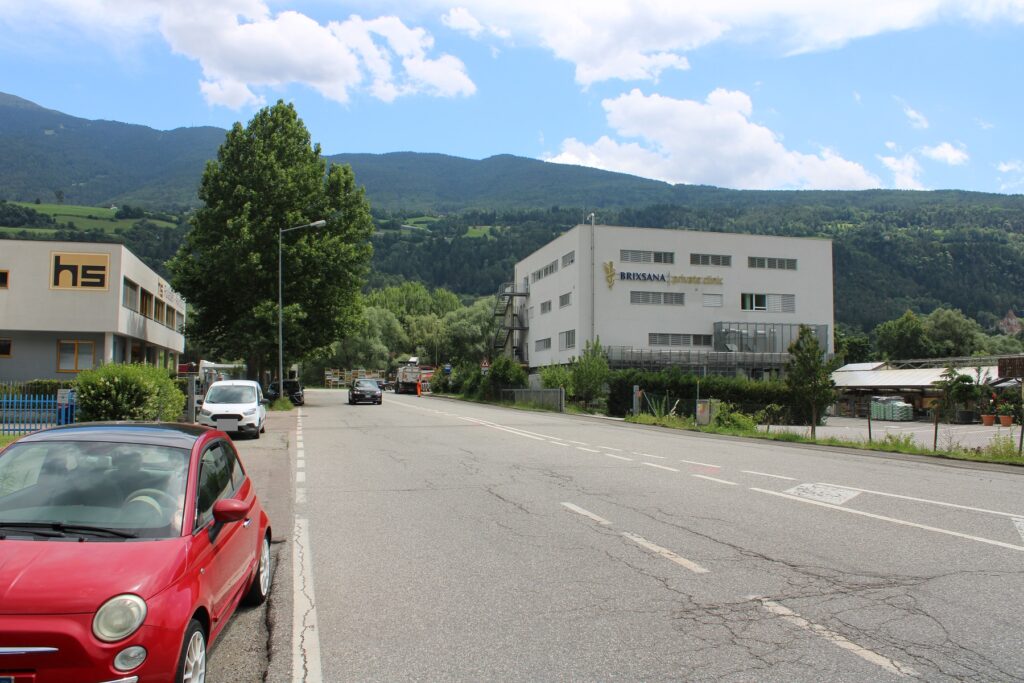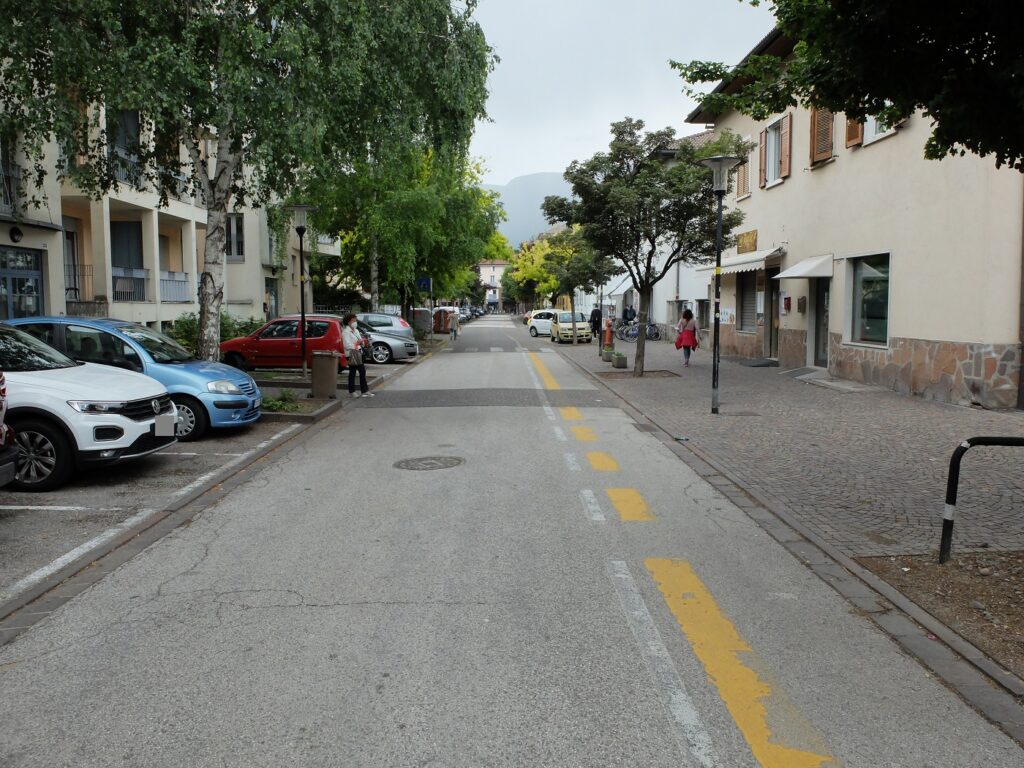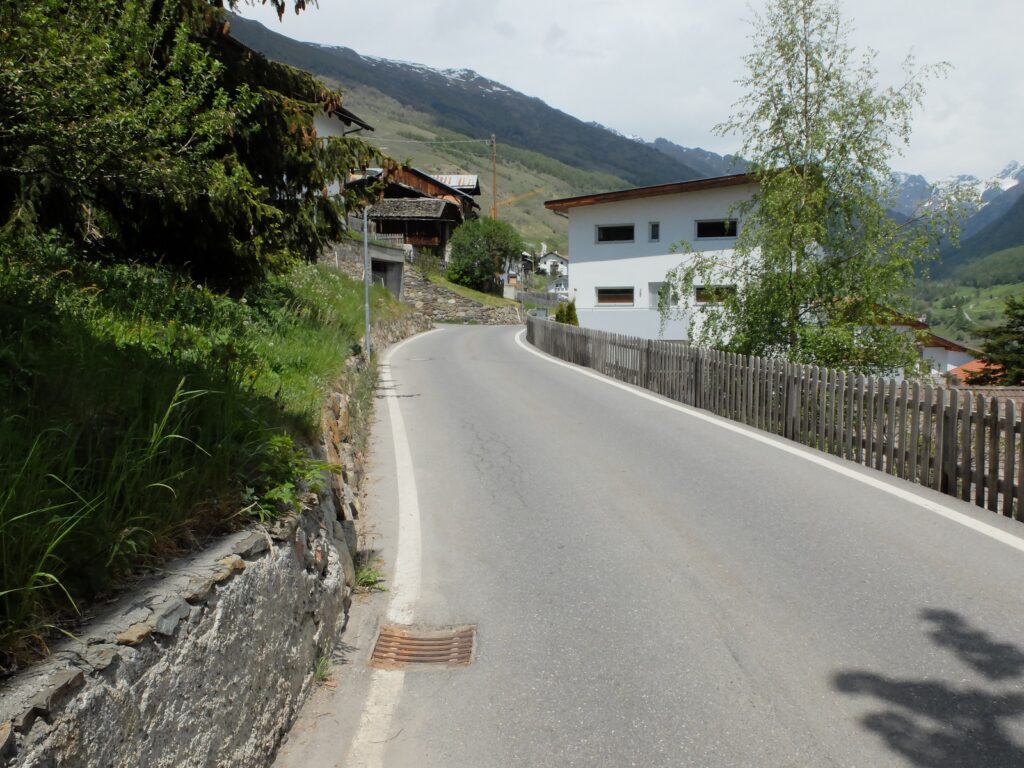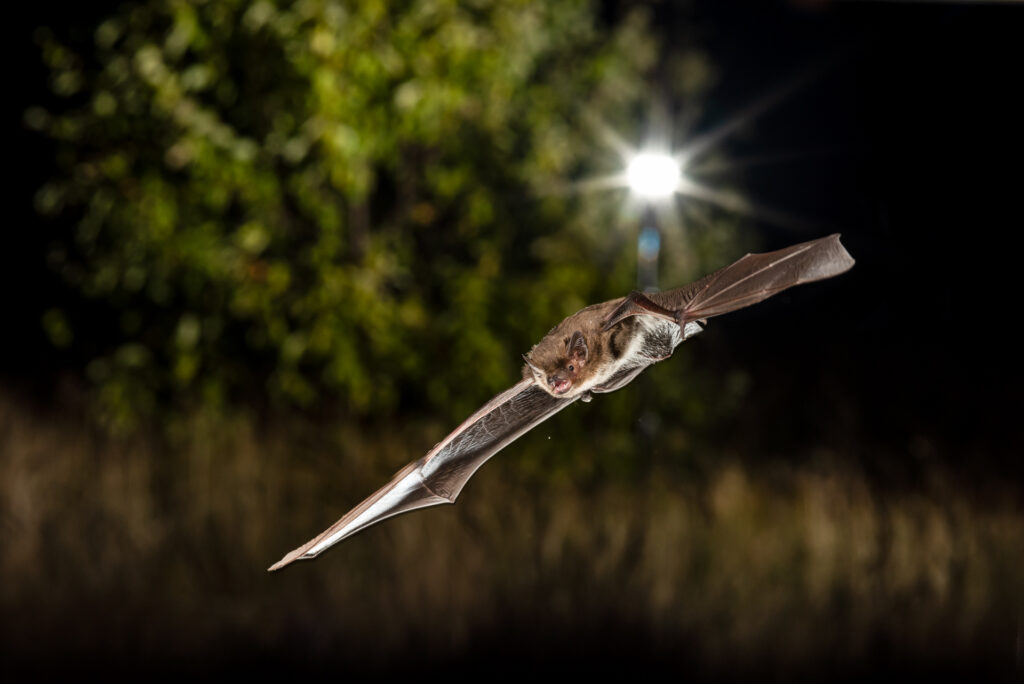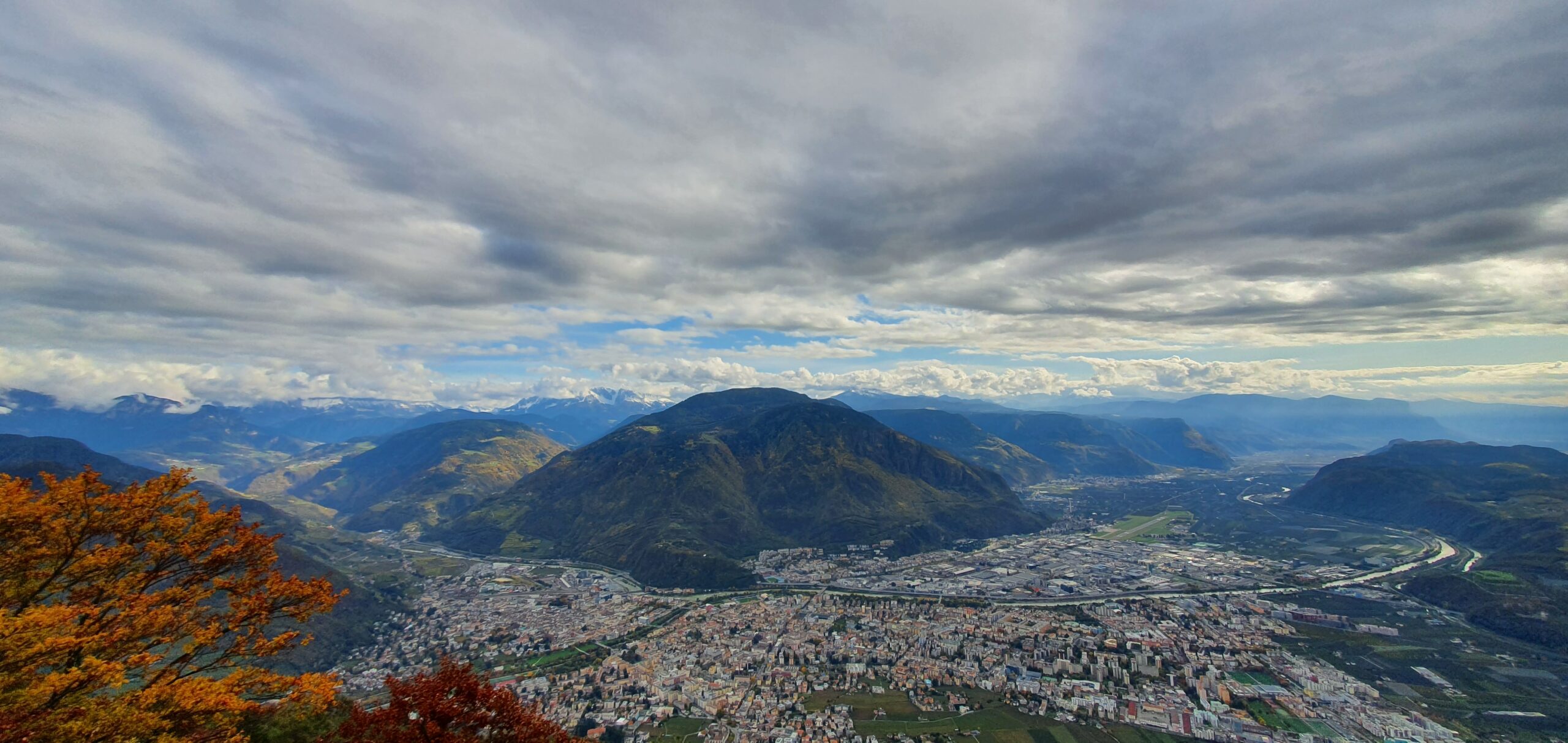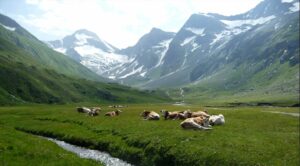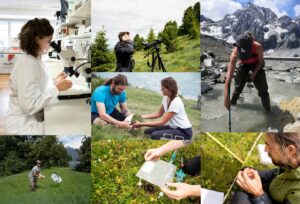Project description and objectives
Cities are growing worldwide, and today more people live in urban than rural areas. The process of urbanization has far-reaching effects on natural and agricultural landscapes, including the diversity of flora and fauna. However, animal and plant species react differently to urbanization. While some species avoid cities, others can take advantage of these heterogeneous environments with their resources. This has also consequences for ecosystem services such as plant pollination, natural pest control, and human health and well-being benefits derived from nature. While the impact of urbanization on biodiversity and its associated ecosystem services has been a subject of study for a considerable time, there are still open questions in this field, in particular in settlements located in mountain regions.
Urbanization does not only affect large cities. Even in rural areas, such as mountain regions, infrastructural development alters landscapes and with it influences local biodiversity. Research on the effects of urbanization in smaller settlement areas and mountain regions is still in its infancy compared to studies in major cities like Rome, Berlin, or Melbourne. Mountain regions often offer a wide range, from highly altered to nearly untouched landscapes. Therefore, they are particularly suitable for investigating the effects of urbanization on flora and fauna along urban-rural gradients, including differences in elevation.
Similar to many other mountain regions, urbanization plays an increasingly significant role in influencing biodiversity in South Tyrol. Due to the close interconnection between people and nature in South Tyrol, the effects of urbanization on biodiversity and resulting ecosystem services can be particularly noticeable. The project aims to examine the influence of urbanization and further anthropogenic impacts on flora and fauna in settlements and mountain regions of South Tyrol. We pursue a long-term approach that emphasizes the involvement of residents. Through this socio-ecological approach, we aim to ensure that the needs of both biodiversity and people are equally considered in settlement areas.
Methods
This project is based on urban biodiversity data from the Biodiversity Monitoring South Tyrol (BMS), with a specific focus on bats. The data have been chosen to follow two gradients: an elevation gradient (ranging from 200 meters to 1500 meters above sea level) and an urbanization gradient (from industrial areas in major cities to small villages). Detailed analyses of settlement areas and their surroundings (agricultural and natural landscapes) using geospatial data will be conducted to investigate their influence on the occurrence of biodiversity in these settlement areas.
In addition to the biodiversity data from the BMS, our goal is to incorporate socio-scientific data into this research to gain a more comprehensive understanding of the interrelationship between people and nature in the settlement areas. This includes using survey data from ISTAT (Italian National Institute of Statistics) and engaging in empirical studies on individual relationships between people and nature in the researched areas.
Project partner: This project is conducted in collaboration with Dr. Tanja Straka, Institute of Ecology, Free University of Berlin.
